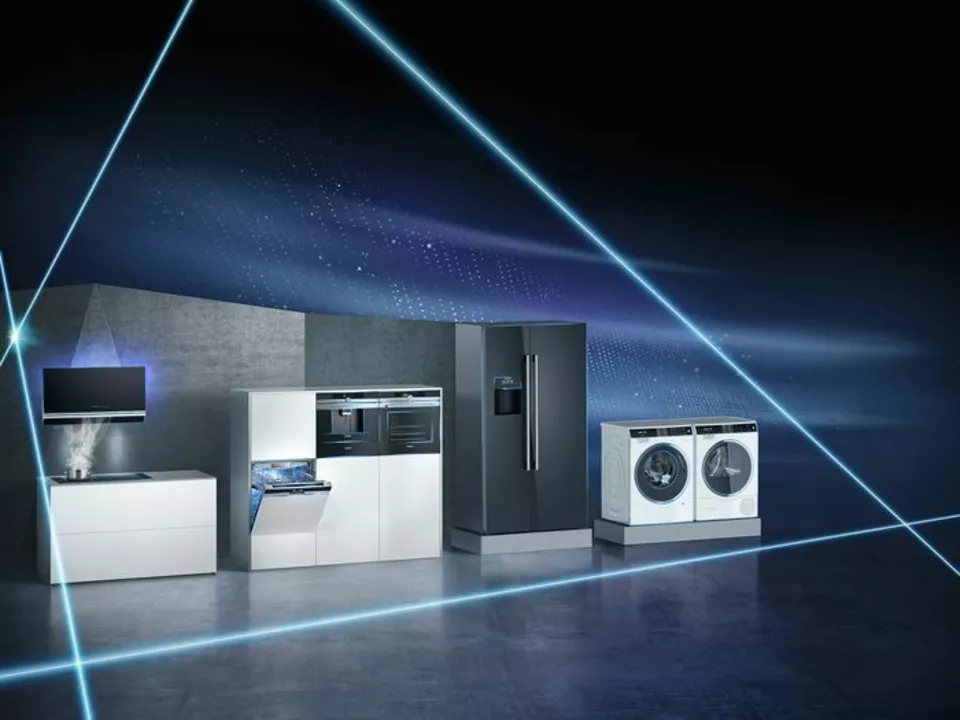Electronic Appliances: Buy, Use & Maintain in India
Do you know why a small label on a charger can save you a lot of trouble? Electronic appliances work well when you match them to the right power, environment and habits. This page collects clear, practical tips to help you buy smarter, avoid common mistakes, and keep devices running longer—especially in India where voltage, plugs and climate vary a lot.
How to pick the right appliance
Start with the basics: size, power rating, energy efficiency and warranty. Look for the appliance’s input label—something like "100-240V ~50-60Hz 2.0A" tells you it can handle a wide voltage range and different mains frequencies. If the label shows a single voltage (for example 120V), you’ll need a proper step-down transformer for India.
Check energy ratings for devices like refrigerators, air conditioners and water heaters. Higher star ratings usually mean lower running cost. Read recent user reviews focused on reliability and service in your city. Local service and spare parts availability matter more than flashy specs.
Think about real use, not just features. A big washing machine with lots of cycles sounds nice, but if you live alone, a smaller, simpler model saves water and electricity. For phones and small gadgets, confirm whether the charger is dual-voltage or needs an adapter when buying from abroad.
Use, safety and power compatibility
Always match the plug type and voltage. If you bring USA electronics to India, use a good quality adapter plus a voltage converter if the device is not dual-voltage. Cheap adapters won’t protect against surges or wrong voltage.
Protect sensitive devices with surge protectors or an online UPS for home offices and TVs. In areas with frequent voltage drops or spikes, consider a voltage stabilizer for refrigerators and air conditioners. For appliances with motors, choose stabilizers rated for the starting current, not just running wattage.
Simple habits cut repair bills: avoid overloading sockets, keep vents and filters clean, and don't run high-power appliances on long thin extension cords. Follow manufacturer maintenance schedules—changing water filters, cleaning condenser coils or replacing worn seals keeps efficiency high.
When repairs are needed, prefer authorized service centers for warranty work. For older or out-of-warranty items, local repair shops can be cheaper, but ask about genuine parts and a short service warranty. If a device is beyond repair, dispose of it responsibly—many cities have e-waste drop-off points or scheduled collections.
If you’re curious about electronics as a hobby or want to learn basics, classic books and hands-on guides help a lot. Practical learning makes it easier to spot simple faults and do safe minor fixes. Browse the tag posts here for specific questions on chargers, RC circuits, device choices and other electronics topics.

What are electronic appliances?
Electronic appliances are devices that use electricity to perform various tasks, making our lives easier and more efficient. They can be found in almost every aspect of modern living, from our kitchens to our offices. Some common examples include refrigerators, washing machines, microwaves, and smartphones. As a blogger, I rely heavily on these appliances to stay connected, maintain a clean home, and simplify daily tasks. It's fascinating to see how technology continues to evolve, constantly bringing us new and improved electronic appliances.